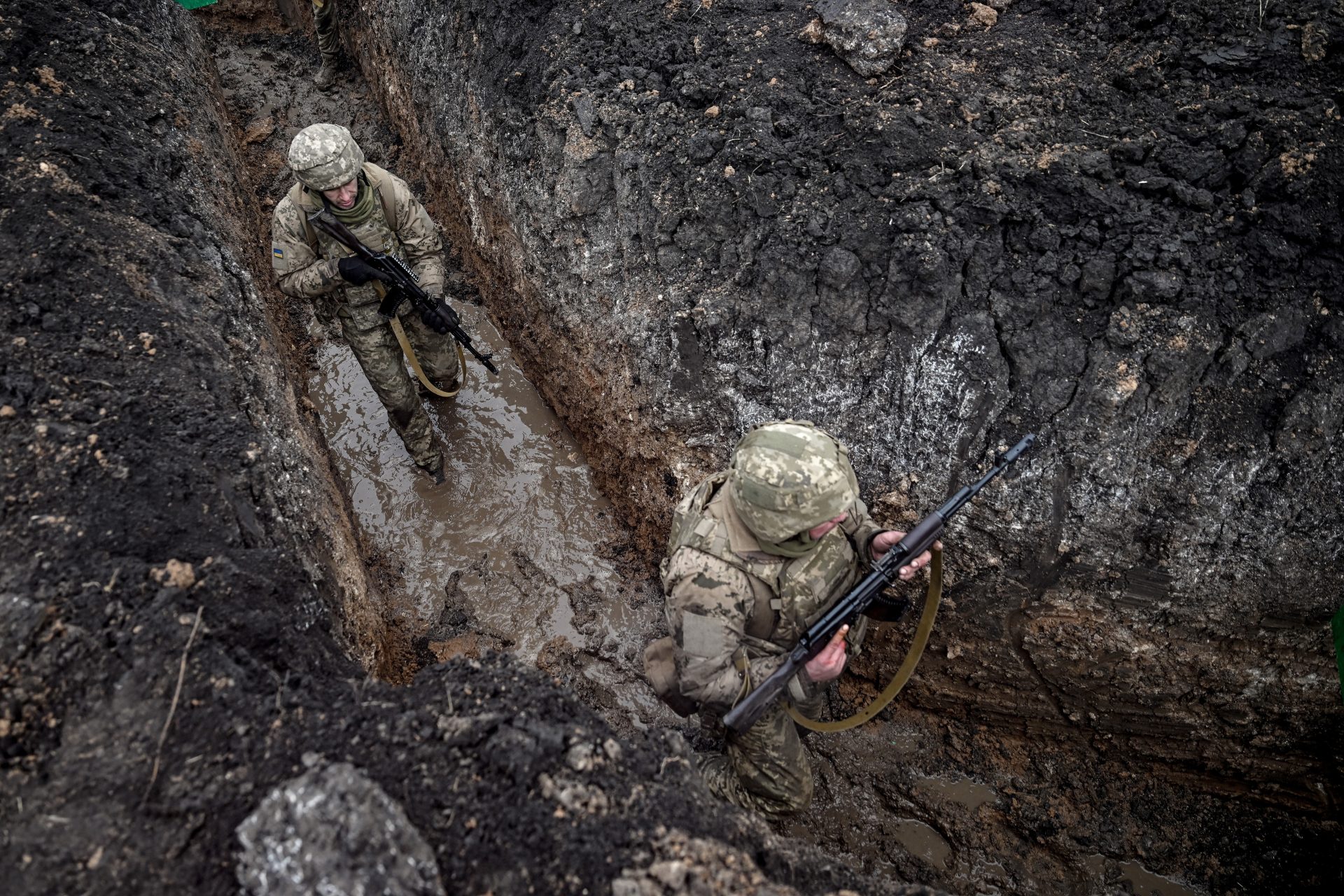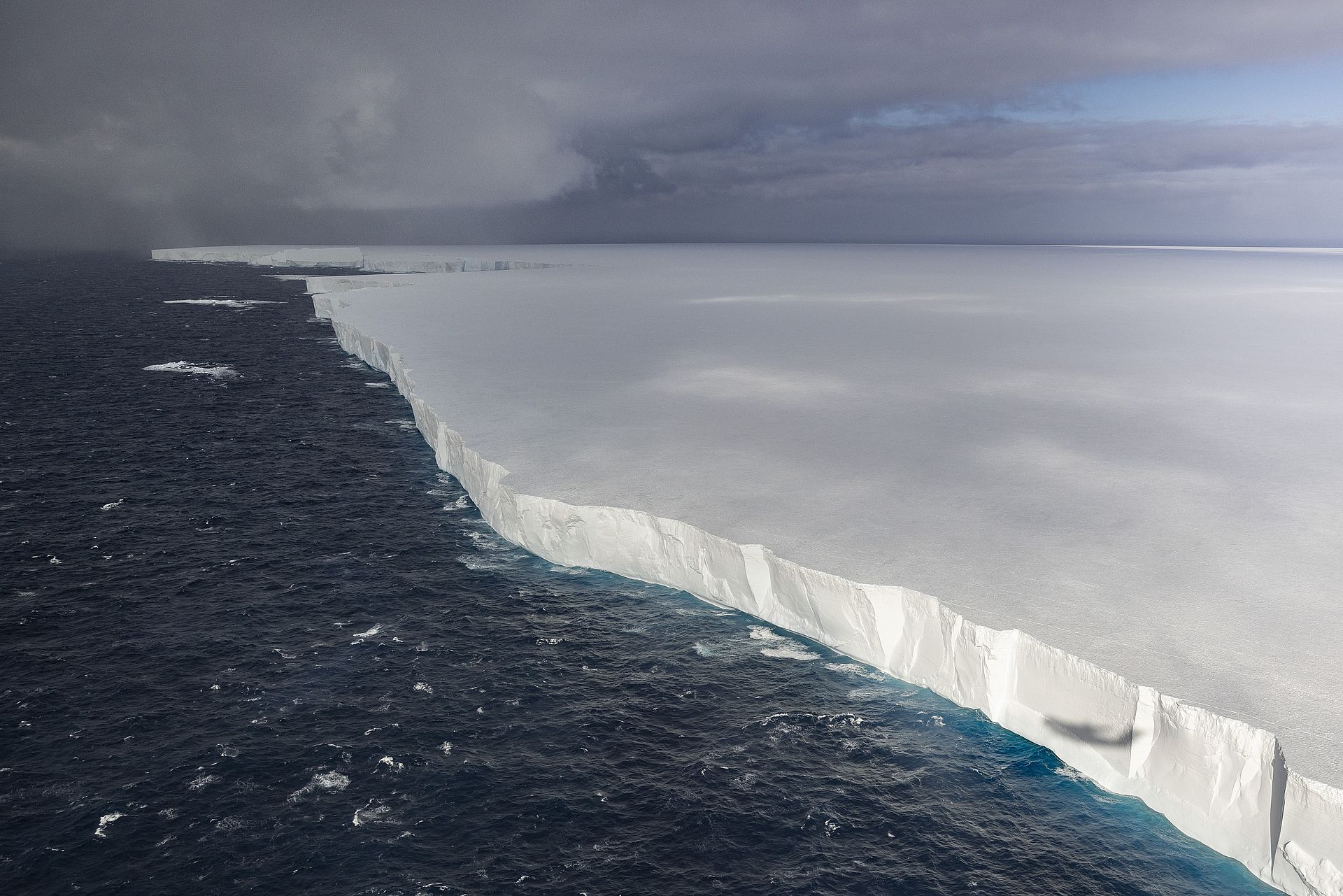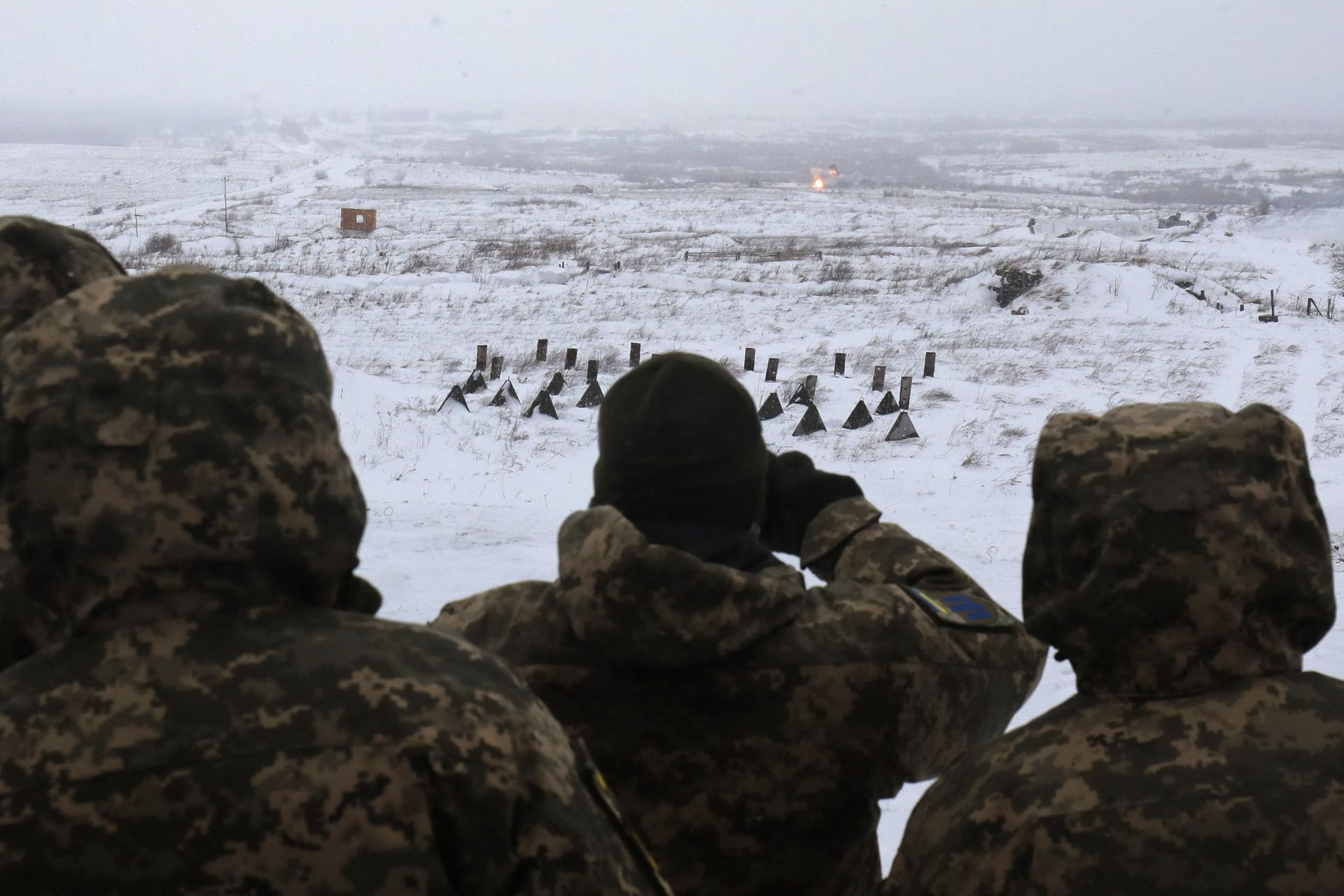Which myths were inspired by real events? From Atlantis to the Great Flood
Human beings are endowed with a great imagination, but stories, myths and legends do not always arise simply from a creative flash of a privileged mind.
In the cases of ancient legends and myths, there is the possibility that the imagination played with reality and creatively interpreted phenomena and events that were not so easy to explain at the time. Let's find out together what is the scientific and historical basis behind some (very special) legends of the ancient world.
Not only in the Bible, but also in numerous other mythical and legendary traditions in the ancient East and the classical world, there were stories of a terrible storm that violently shook the Earth for 40 days.
The famous episode has been the subject of various hypotheses, the most accredited of which is that it refers to a flood which in 5,000 BC struck the area which corresponds to today's Black Sea.
The universal flood, according to the biblical tradition, was willed by God to punish men. Only one of them was spared, Noah. By God's will, man built a large vessel in which he gathered a male and a female of all living animals, which would repopulate the planet once the flood was over.
The story of Noah's ark may have been the explanation that ancient man was able to give himself for the discovery of fish fossils on the mountain tops, a fact that in ancient times could only appear to be the work of a divinity. Today, however, we know that this is the result of Earth's plate tectonics.
It is the Iliad that immortalized the myth of the Chimera, a fire-breathing monster with a snake's tail and a lion's head, responsible for the periodic destruction of the coasts that belong to present-day Turkey.
Behind the myth of a fire-breathing monster, according to some scholars, there may be the perpetual fires that can still be seen today on Mount Chimera, near the archaeological site of Yanartaş, in Turkey. They are powered by methane gas that gushes out of the rocks and were most likely used by sailors as landmarks in ancient times. Seeing them from their boats, they would have helped create the myth.
Pythia was the priestess in charge of reciting the responses of the oracle of Delphi, but she could only do so when she reached a state of mystical ecstasy induced by the vapors escaping from a rock, at least according to what Plutarch recounts.
What Plutarch called "sweet vapors" have been the subject of numerous studies and equally heated debates. What is known is that the temple dedicated to Apollo in Delphi is located in an active seismic area and two faults have been found under it. The most accredited hypothesis is that an earthquake along the fault generated the gases referred to by the Greek author.
What kind of gas it was and whether it had hallucinogenic properties, however, scientists do not agree upon. Those who support the earthquake hypothesis believe that these gases were those that are normally emitted in these cases, such as carbon dioxide and sulfuric acid. Other scientists speak of a mix of methane and ethylene.
According to the myth, beyond the Pillars of Hercules (which for the Greeks represented the end of the world) there was a legendary island inhabited by very powerful demigods: Atlantis. The end of this kingdom, however, would come in a single day, destroyed by a cataclysm after trying unsuccessfully to invade the city of Athens.
Photo by HANSUAN FABREGAS from Pixabay
Many agree that this story could have been born following the eruption of a volcano, Thera, in the area where Santorini stands today.
According to the myth, the Kilauea volcano was inhabited by the fire goddess Pele, an impetuous, irascible and vengeful deity. Revenge would have been the motive for one of her most extreme actions: setting fire to an entire forest and throwing a man inside the volcano, guilty of having preferred her sister. The latter, desperate, dug tirelessly into the volcano to find her beloved, filling the air with sparks and lapilli.
This natural disaster, which occurred about 3500 years ago, was responsible for the collapse of part of the island, causing terrible tsunamis and a gas cloud which, most likely, led to the decline of the Minoan civilization of nearby Crete.
The historical hypothesis of the birth of this ancient "soap opera" is that which refers to an interminable eruption which in the 15th century. affected 430 square km of forest on the island and lasted for 60 years. The desperate digging of Pele's sister would, on the other hand, be the explanation that the ancients gave themselves about the formation of the Kilauea caldera.
A popular Japanese legend concerns a gigantic catfish called Namazu, hidden beneath the surface of Japan, restrained with a giant stone on its head by the god Kashima. The violent earthquakes that shake Japan would occur when, escaping Kashima's control, Namazu flails and shakes his fins.
It is known that Japan is located on the junction line of various tectonic plates, has numerous volcanoes and is crossed by faults with high levels of seismicity. The catfish, then, in popular tradition, would be an animal capable of predicting earthquakes. The merger of this information most likely gave rise to the legend.
A Cameroonian legend says that, during an era of exodus, the people of the Bamessi decided to welcome that of the Kom for a period. The Kom, however, were too fertile and over time they were too many of them. So the king of the Bamessi, convinced his people that they represented a threat, and hatched a plot to kill all the males of the Kom and thus keep his crown firm.
Out of revenge, the leader of the Kom told his sister that he would take his own life and his blood would form a lake full of fish, from which his people should stay away. The Kom abandoned the land and the lake remained with the Bamessi. On fishing day, the lake exploded, killing those nearby.
On August 21, 1986, more than 1,700 people and 3,500 animals were killed in the vicinity of the volcanic lake Nyos, following the expansion of a lethal cloud of carbon dioxide. The volcano in whose cone the lake lies is a dormant volcano and it is probable that under normal conditions the water brakes up the CO2, but under specific conditions, upon reaching a critical point, the gas has risen and spread, in the form of a huge cloud of toxic gas. But whether the myth was born first and then the reality... we will never know.
Another legend concerning a lake is that of Crater Lake, a volcanic lake located in the caldera of Mount Mazama, which, according to the myth, would have been the scene of a bloody battle between the god of the underworld, Llao, and that of the skies, Skell. The fight between the two deities would end, after attacks with rocks and flames, only with the collapse of the volcano and the fall of Llao. With the subsequent rains, the current lake would have formed.
If we don't consider the battle between the gods, the legend reproposes what actually happened almost 8000 years ago: there was a frightening volcanic eruption, the volcano's caldera collapsed and the rain filled the basin.
According to a Solomon Islands legend, a young man named Rapuanate fell madly in love with a woman from Teonimanu Island. Unfortunately, his brother fell in love with him too and his love returned. To take revenge, Rapuanate plunged the land of his beloved into the sea with a spell.
It was an earthquake that sank the island of Teonimanu, one of the submerged islands found in this area of the Pacific. The earthquake would have caused the island to slip into the oceanic trench of the Philippines. But the story of a family soap opera is perhaps more interesting to pass on.
More for you
Top Stories






































